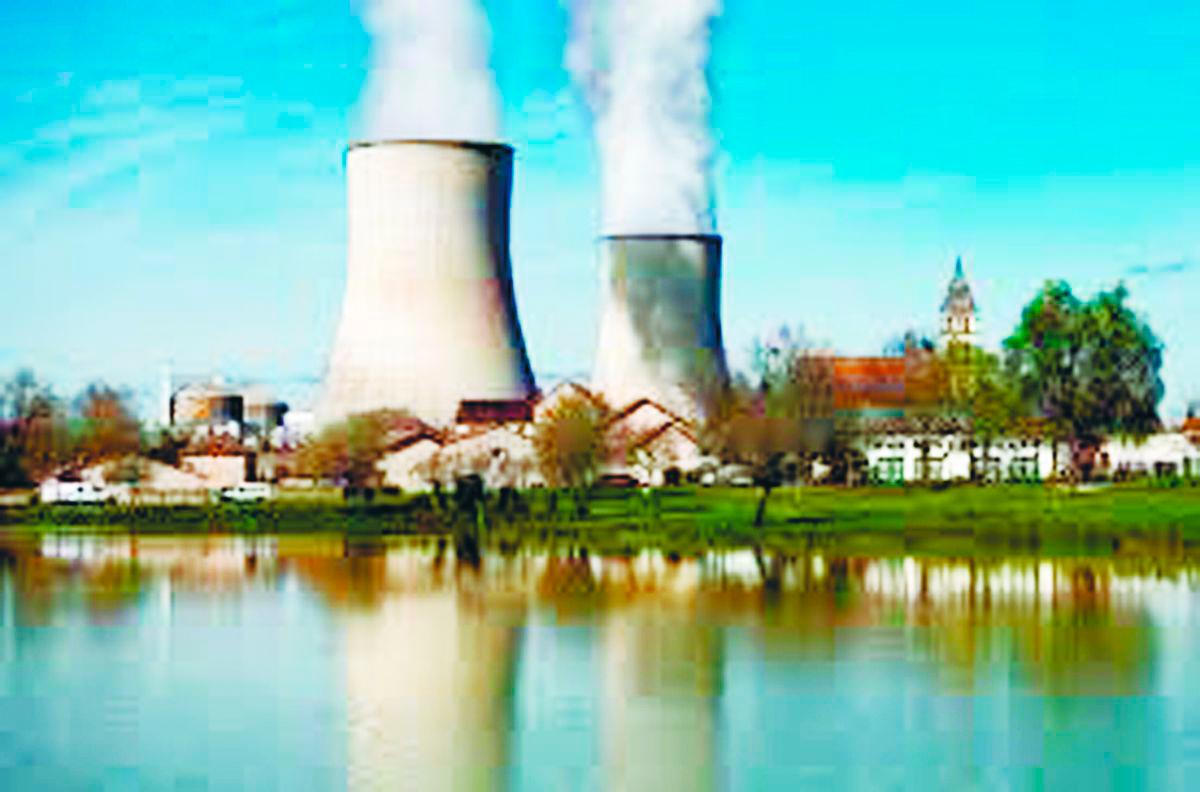THE recent announcement that Malaysia could introduce nuclear power within the next decade has triggered a wave of discussion.
Some see nuclear energy as a bold step forward in diversifying our energy mix while others fear that it is a costly gamble with consequences that could last for generations.
The truth is that this issue cannot be reduced to slogans about “clean energy” or “future security”. It demands a sober, honest and transparent national conversation that goes beyond promises to examine the full reality of what nuclear means for Malaysia.
Malaysia has pledged under its National Energy Transition Roadmap (NETR) and broader climate policies to achieve Net Zero by 2050. At the macro level, this is not optional; it is a global responsibility.
Nuclear power, in theory, offers low-carbon electricity that can complement solar and wind by providing a steady baseload supply.
In a future where Malaysia’s demand will not only rise with population growth but also with the rapid expansion of data centres, electric vehicles and high-energy industries, the allure of nuclear is understandable.
Reliable power is the backbone of a modern economy, and the argument is often made that renewables alone may struggle to keep up with demand, especially during cloudy days or windless nights.
Proponents believe nuclear could provide the “always-on” stability to balance renewables in the grid. Yet, when one digs deeper, the picture becomes less clear.
Nuclear power is not a quick solution. A plant may take 10 to 15 years before it delivers a single unit of electricity. The costs are staggering and prone to ballooning; global examples from Europe and the US show projects that began with optimism but ended in financial burden.
A recent study on small modular reactors placed the cost at nearly US$120 million (RM505 million) per megawatt – astronomical compared with solar at US$1 million per megawatt or offshore wind at US$2 million.
For a country like Malaysia, where energy affordability for households and industries is critical, these numbers cannot be brushed aside. If the rakyat is to shoulder higher tariffs to subsidise these projects, should they not be shown the alternatives side by side?
Why spend billions on power a decade away when renewable energy, combined with energy efficiency, can be rolled out today?
The environmental and safety risks raise even harder questions. Nuclear power is often branded as “clean”, yet its waste remains dangerously radioactive for thousands of years.
Can we, with confidence, guarantee that Malaysia will be able to secure and monitor such waste safely for centuries to come?
History offers sobering reminders. The tragedy of Bukit Merah, once described as Asia’s worst radioactive contamination incident, continues to scar our conscience. Communities there still live with the toxic legacy of poorly managed waste from rare earths processing in the 1980s.
If we failed to enforce safeguards then, what assurance do Malaysians have that things will be different now?
Adding to this is Malaysia’s geographical reality. We are not immune to seismic risks. Just recently, tremors were felt in Johor from regional earthquakes. Even minor seismic events raise legitimate concerns about the safety of reactors and waste storage facilities.
In an age where climate change is accelerating extreme weather – from prolonged droughts to flash floods – the vulnerabilities of nuclear plants become even more pressing.
Nuclear reactors are notoriously water-hungry, requiring massive withdrawals for cooling. They also release heated water back into rivers and seas, harming fisheries, farms and households.
Can we afford to risk water scarcity when climate change already threatens our supplies?
Supporters of nuclear power may argue that without it, Malaysia risks falling behind in meeting rising demand. Beyond 2030, our population is projected to grow steadily while industrialisation deepens and digitalisation drives up electricity requirements.
Data centres alone, which underpin everything from cloud computing to artificial intelligence, demand uninterrupted and enormous amounts of power. In this context, nuclear may appear to offer a steady anchor. But one must ask – are we trying to solve tomorrow’s problems with yesterday’s technology?
The world is already moving towards smarter grids, large-scale storage solutions, green hydrogen and distributed renewable systems that promise flexibility and resilience. Nuclear, by contrast, locks us into centralised, inflexible and expensive infrastructure.
There are, undeniably, pros as well as cons. The pro-nuclear camp will highlight its ability to deliver low-carbon electricity at scale, its potential to stabilise a renewable-heavy grid and its role in diversifying Malaysia’s energy sources.
But the cons weigh heavily: extreme costs, long construction delays, unresolved waste management, seismic and climatic risks and the historical failures of enforcement and accountability in Malaysia.
At best, nuclear may be a long-term possibility for a future Malaysia with robust regulatory capacity, high technological expertise and unwavering political transparency.
At worst, it is a dangerous distraction that diverts funds away from renewable energy and consumer-focused efficiency measures that could immediately benefit the rakyat.
For the rakyat, the questions are not abstract. Will nuclear power reduce their electricity bills or will it lock households into higher tariffs? Who will pay for cost overruns, delays or, in the worst case, accidents?
Will communities be asked for their consent before reactors and waste sites are built in their backyards? And will we, as a nation, repeat the mistakes of Bukit Merah by prioritising corporate ambition over public safety?
Malaysia’s path to net zero requires honesty, accountability and courage to prioritise what is best for the rakyat, not just what looks ambitious on paper.
Nuclear may one day have a role but for now, the smarter, faster and safer bet lies in expanding solar, wind, efficiency and storage technologies that can deliver clean power today, without leaving behind a burden of waste and risk for generations to come.
Saravanan Thambirajah is president of the Water and Energy Consumers Association of Malaysia and CEO of the Federation of Malaysian Consumers Associations.
Comments: letters@thesundaily.com









